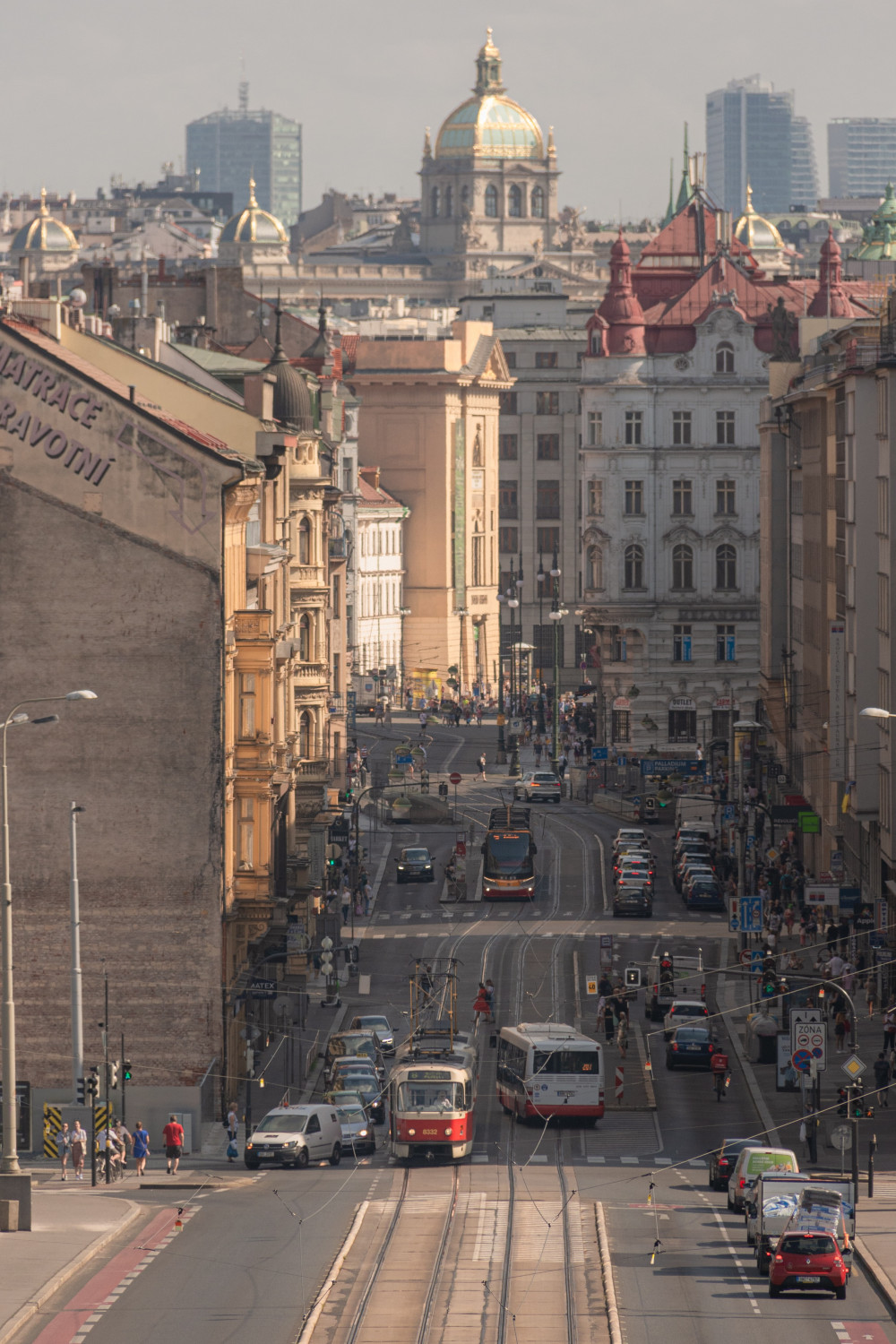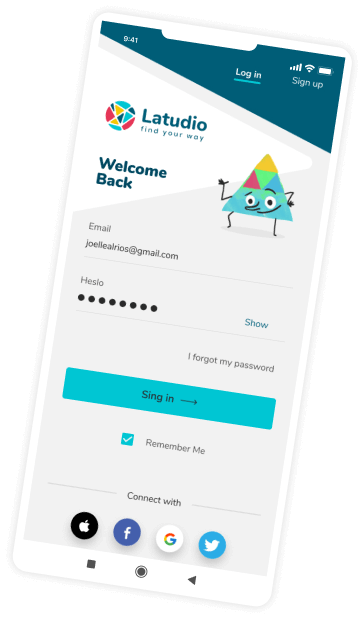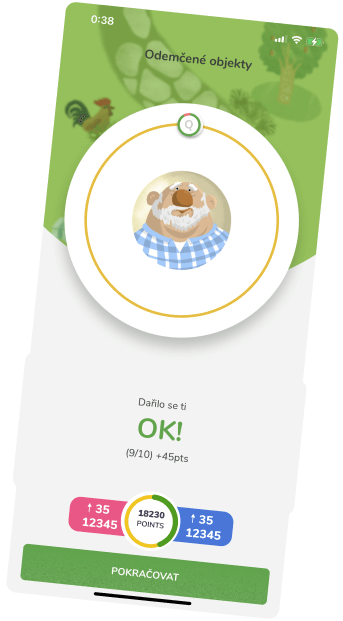The Culture (and Language) of Getting Around
I’ve really been spoiled by the Czech transportation system.
I recently went back to Seattle and I felt quite stressed with so many cars, multi-lane freeways, traffic delays, and limited parking. Even though Seattle has a bus system and light railway, it’s quite meager compared to PID (Prazka Integrovana Doprava, Prague Integrated Transportation.) I’d like to share some important observations and simple language phrases.
Transportation is part of a city and country’s culture. The following story highlights the transportation differences between living in Prague and Seattle. When my partner and I went to concerts in Seattle, he never wanted to leave early. I was always standing at the door for up to 30 minutes while waiting for him. I knew we might face unexpected traffic delays, time to find parking, then walk. He grew up with PID, which is pretty much on time. For him, if the concert’s at 7:30, you arrive at 7:20 with enough time to check your coat and take your seat. This was about the cultural differences that we were each accustomed to.
Learning and respecting a country’s culture is a way to fit in, so you don’t stand out too much. When everyone uses a car, there’s some anonymity as you follow the driving rules. You lose that anonymity when you’re getting on and off buses, trams, and subway cars. There’s always a chance you could get one of “those looks” from a nearby passenger.
I’ve noticed one of those looks from a passenger when a foreigner was talking on their mobile phone quite loudly. I never saw one of those looks on a bus or in a metro car in the US. When you see more than one person do this on a different day or bus, it’s a good sign that there’s some invisible cultural norm that’s being violated. It’s not written down anywhere, it’s just something that has become part of the culture.
Here’s my short list of cultural transportation guidelines that aren’t written down anywhere, with some helpful phrases to commit to memory right away.
Have you seen someone leave their seat for an elderly?
If you have, then you know that this is very common, especially for those seats that are closest to the doors. If you’re in a seat closest to the doors, you can offer your seat. If someone in one of those seats doesn’t notice the person, and they walk towards you, you can offer your seat.
Say: Sedněte si, prosím. Please, have a seat.
They’ll accept your gesture with Thank you, Děkuju vám, or Thank you, you’re sweet. Děkuju, jste zlatý/zlatá. Or, they may say something else, which usually suggests that they’re getting off in one or two stops. I never understood exactly, but I just figured they didn’t want to sit down. So, I politely just returned to my seat.
One little thing to comment on, however. If you give your seat to them, and you’re standing near them when you leave, it’s polite to say Na Shledanou.
Have you seen a person help a mother with a carriage or an elderly person with a handcart get on or off?
One of the things I really appreciated seeing is people helping a mother with a carriage get on and off a tram, or an elderly person with handcart. I’m sure it would happen in the US, too. But in the US, everyone drives, so it’s rarely observable. In Prague, the more modernized trams make access for mothers and the elderly easier.
In situations like these, only one phrase is needed: Můžu vám pomoct? May I help you?
In reply, you’ll hear, Děkuju, Jste zlatý/zlatá, Jste hodný/hodná, Thank you, You are precious or, You are kind.
And again, if by chance, you get off the tram before they do, it’s polite to say Na Shledanou and Mějte se hezky.
Have you been stuck standing in the middle of a bus, tram, or a metro car?
The phrase to help you politely get out from being surrounded by people somewhere in the middle of a bus, tram, or metro is, dovolením, which simply means excuse me, or more literally, ‘with permission’. Or, you could say, vystupuju, prosím, I’m getting off.
I use s dovoloním when I need to go by someone to get off, vystupuju when I’m just behind someone, or sitting on the inside seat and I’m getting off.
S dovoloním is also valuable when you need to go through a long queue of people who are checking out and you’re just trying to leave. I also find it useful in locker rooms and grocery store aisles, when I’m trying to get by in a narrow walkway.
Can you transport a bike on the metro?
Maybe you’ve seen someone leaving or arriving with a bike in the metro tunnel. There aren’t any signs, but the first car and the last car of the metro have a place for those with a bike. I recently abided by this “rule” when I was carrying two large blue IKEA bags filled with meditation cushions. I did it mostly because it was during rush hour in the morning.
By the way, you can also take a bike on some buses where they have a bike rack on the front.
With the phrases that I’ve shared, you can get around, and feel part of the culture in small moments. You don’t have to master the language, to feel part of the city’s and culture’s heartbeat.
Compared to being in the US, I’ve realized how being in a car isolates me from contact with others. While in Prague, and other cities in the Czech Republic, I feel more a part of the city and its culture because I’m with the people in buses, trams, and metros. That keeps me motivated to improve my Czech, so I can connect with people even more.
Motivation is a big part of being able to really acquire a language. So, everyday when I can start my day communicating in Czech, it keeps me going to improve my Czech.



















